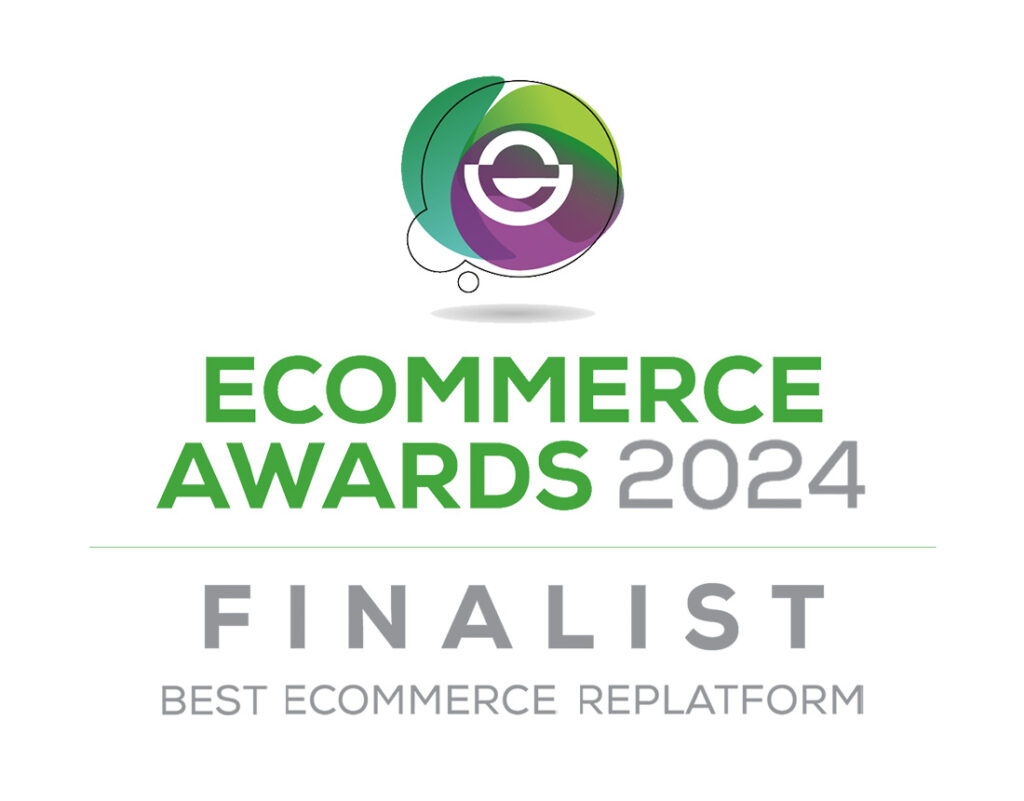While business to business (B2B) ecommerce in South America offers great cross-border potential, the diverse cultures, languages and economies of 12 countries and three territories occupying almost 18 million square kilometers represent unique challenges. As a result, B2B ecommerce growth is not yet as fast as in some other parts of the world, but it is speeding up dramatically.
Why South America is attractive to businesses
According to the World Bank, the coronavirus outbreak will lead to a fall in the gross domestic product in the region of around 4.6% this year. However, predictions still anticipate growth of between 2.5% and 5.5% in 2021. Many financial experts continue to see the region as an engine for growth that will make it attractive to entrepreneurs and business people.
According to the World Bank Group’s Doing Business 2020 study many South American countries are adopting reforms which will make it easier to do business, especially in the mining, oil, manufacturing and agricultural sectors.
Chile ranks highest in the region for ease of doing business, followed by Colombia. In fact, Colombia has implemented more than 35 reforms since 2005, making it easier and faster to incorporate a new company, simplifying export documentation requirements for trading across borders, and strengthening collateral and bankruptcy laws.
In Argentina major reforms this year have made it easier to obtain construction permits and to enforce contracts through electronic payment of court fees. There are also new electronic certificates for export and import documentation.
Brazil has made business registration faster, reduced the cost of digital certificates, and has introduced an online system to make property registration easier.
However, improvements are still needed to resolve business insolvency issues, protect minority investors and to simplify taxes.
The millennial factor
In a Mastercard study of millennials in the region, including in Brazil and Colombia, almost two thirds said they would adopt new behaviors instead of waiting for solutions to the problems they face as a generation. Financial independence is a priority for these millennials and over 70% said they want to start their own business. Many see digital technology as the main bridge for financial institutions to reach this generation and have a positive impact on them.
One in every three millennials in the study considered themselves to be ‘early adopters’ of products. Almost two thirds will research purchases online before deciding to buy and over half say they prefer to buy from socially responsible businesses.
Retail driving B2B ecommerce expectations
All around the world, B2B buyer expectations are affected by their online retail experiences.
It’s estimated that overall revenue from all ecommerce in the region will reach US$38,687million this year and this figure is expected to grow at 11.0% (compound annual growth rate) until 2024, resulting in a total market volume of US$58,658million. In South America user penetration will reach almost 47% this year and is expected to be more than 57% by 2024.
Already over two thirds of the population has access to a smartphone, and this figure is expected to increase to almost 80% by 2025, making the mobile B2B purchasing experience critical to success.
Online marketplaces for B2B business development
For many small- or medium-sized enterprises (SMEs) cross-border exposure in the region can be limited, so accessing the whole South American market will be difficult.
Around the world online marketplaces account for more than half of all ecommerce sales. While Amazon takes third position in the region, others like the leaders, Mercado Libre, operate only in South America.
Online marketplaces can help B2B companies to sell more widely in South America and help them to build brand recognition with an audience of digital natives. Many businesses will use them to find sources of materials and goods quickly. Some marketplaces offer shipping and bulk purchasing, helping to create manageable supply chains.
B2B payment options
One characteristic of the region that makes B2B ecommerce a challenge is payment processing. Secure credit card payment methods are limited although they are becoming increasingly popular in Brazil. However, in many cases cards are not authorized for international payments by their issuing banks. Cash on delivery is still a popular payment option in many countries, along with bank transfers and e-wallets. Mobile phone payments are expected to become increasingly popular, leapfrogging some of the more traditional options.
Building relationships
Personal relationships are an important part of how business is conducted in South America. Buyers will want to feel that you know and understand them before they will consider doing business with you. This means that customer relationship management (CRM) will be an important part of the process, along with the flexibility to move seamlessly between online and offline interactions.
International pricing
The South American region is economically diverse, so a single pricing policy won’t work everywhere. Implementing a successful B2B ecommerce regional strategy will demand in-depth understanding of cost variations, along with the flexibility to manage different pricing, currencies, tax and legal requirements.
Automation to manage bureaucracy
Despite recent improvements, Brazil, for example, still has a reputation as one of the most complex places in the world to do business, including its accounting and tax compliance requirements. For example, it takes a small company over 1,500 hours a year to meet its fiscal obligations, compared to less than 159 hours in high-income Organization for Economic Co-operation and Development (OECD) economies.
If you are going to sell successfully and efficiently in South American countries, then integrating your ecommerce platform with your business systems will allow you to automate and manage these complex local requirements.
Breaking the language barrier
Making your ecommerce site available in Spanish and Portuguese will be important to reach your buyers. Less than one in five will speak English so it won’t be the language used to browse for goods online in most cases.
Depending on the size of your product catalog, automated translation like Weglot could start the process. You can then manually edit the translations or use professional translators to refine your most important pages. It will also make your site searchable by following Google best practices for multilingual search engine optimization.
To find out more about a powerful and flexible route to new markets in South America book a free Cloudfy demonstration.






